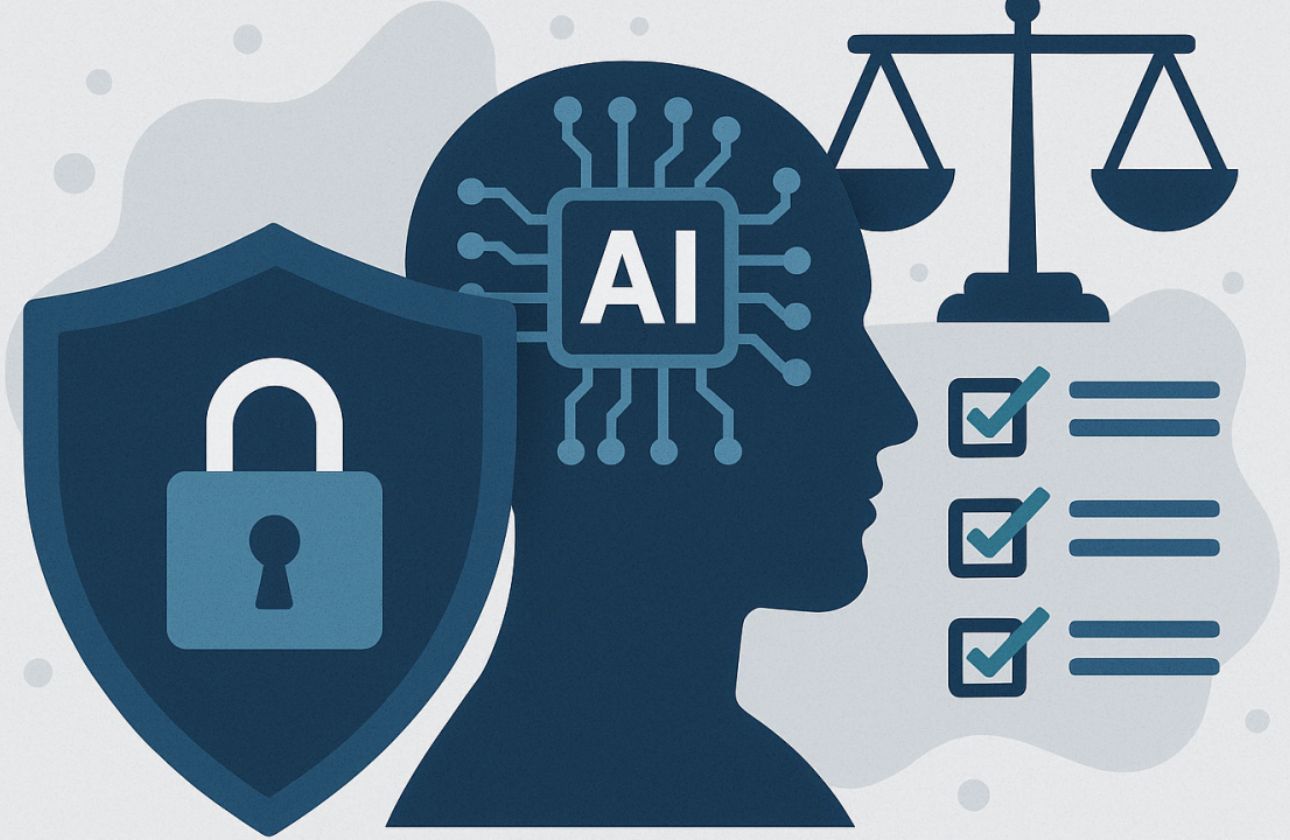In today’s digital era, Artificial Intelligence (AI) is no longer a futuristic concept—it is deeply integrated into our daily lives, business operations, and national infrastructures. From virtual assistants and facial recognition to predictive analytics and autonomous vehicles, AI is transforming industries at an unprecedented pace. But with great power comes great responsibility, and that’s where AI Governance becomes critical.
What is AI Governance?
AI Governance refers to the frameworks, policies, and mechanisms designed to guide the development, deployment, and use of AI in a safe, ethical, and accountable manner. It is the compass that ensures AI technologies operate in alignment with societal values, human rights, legal standards, and public trust.
Unlike traditional IT governance, AI governance must address unique challenges such as:
- Algorithmic bias
- Data privacy
- Explainability of decisions
- Autonomy and control
- Ethical use and misuse
- Accountability in case of harm
With the rapid advancement of generative AI and deep learning models, the need for robust governance is more urgent than ever.
The Core Pillars of AI Governance
- Transparency
AI systems must be explainable and understandable—not just to developers, but also to users, regulators, and affected individuals. Black-box models pose a challenge here, but explainable AI (XAI) is helping bridge the gap. - Fairness and Non-discrimination
Bias in training data or algorithmic design can lead to unfair outcomes, especially in sensitive domains like healthcare, hiring, and law enforcement. AI governance mandates rigorous testing for fairness across demographic groups. - Privacy and Data Protection
AI systems are fueled by data. Governance ensures that this data is collected, stored, and used in compliance with regulations like GDPR, and that individuals’ privacy rights are preserved. - Accountability
Who is responsible when an AI system causes harm? Governance frameworks help define liability and ensure mechanisms for redress are in place. - Security and Robustness
AI systems must be resilient against adversarial attacks and operational failures. Governance policies enforce secure development practices and continuous monitoring. - Human Oversight
Despite their intelligence, AI systems must not operate in isolation. Governance ensures meaningful human control, especially in high-risk applications like military use or healthcare decisions.
Global Movements and Standards
Organizations and governments worldwide are recognizing the importance of AI governance. The European Union’s AI Act, for example, classifies AI applications based on risk and enforces compliance accordingly. In the U.S., the NIST AI Risk Management Framework provides a foundation for building trustworthy AI.
India has also made significant progress with the National Strategy for Artificial Intelligence (NSAI) by NITI Aayog, focusing on responsible AI use across sectors.
Meanwhile, companies like Microsoft, Google, and IBM have formed internal ethics boards and AI principles to self-regulate their innovations.
The Role of AI Governance in Cybersecurity
AI plays a dual role in cybersecurity—both as a tool for defense and a potential threat. AI governance helps mitigate the misuse of AI in cyberattacks (like automated phishing, deepfakes, and botnets) while ensuring AI-driven security tools are transparent, accurate, and accountable.
For example, if a security AI blocks legitimate user activity based on flawed training, governance mechanisms must enable quick escalation and resolution.
Building a Future with Trustworthy AI
As we move deeper into the Fourth Industrial Revolution, AI governance is not a luxury—it’s a necessity. Governments, tech leaders, academia, and civil society must collaborate to co-create frameworks that ensure AI benefits all of humanity without compromising safety, fairness, or accountability.
In conclusion, strong AI governance doesn't hinder innovation—it empowers it. It provides the rules, ethics, and trust that allow intelligent technologies to thrive in a human-centered digital future.




Comments (0)